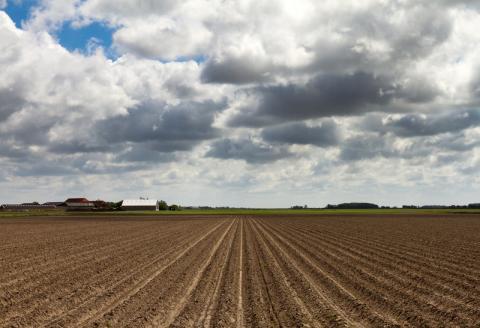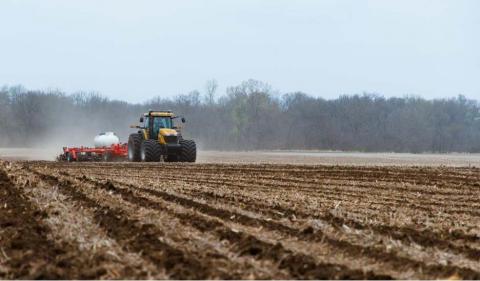Cropland Reference Ecological Unit — A Land Classification Unit for Comparative Soil Studies
September 29, 2022
UNL researchers have developed the Cropland Reference Ecological Unit and Soil Health Gap concept to offer a method of describing the true soil health potential of land.
Another Dry Year: What to Know About Leftover Nitrogen in Soil Following Dry Conditions
September 28, 2022
In irrigated or dryland areas with normal production, management practices may continue as normal, but for dryland areas with drastic yield reductions, there is potential for nitrogen fertilizer adjustment for the 2023 crop.
NRCS-UNL Collaborative Research on the Soil Health Gap Analysis in Nebraska
April 12, 2022
The Soil Health Gap concept can assist producers in estimating differences of soil health under varying management practices that may have accumulated since cultivation began.
Considerations for In-season Nitrogen Management in Corn
March 30, 2022
Most areas in Nebraska likely haven't had significant nitrogen losses to already applied nitrogen, but unfavorable soil conditions during nitrogen application and precipitation in April could lead to additional losses.
Motivation and Challenges in Adopting Soil Health Practices
February 17, 2022
Results of a Nebraska Healthy Soils Task Force survey that analyzed growers' motivation and challenges in cover crop, nutrient and other soil health management practices across the state.
Now is the Time to Use the Nutrients You are Banking in Your Soils
October 20, 2021
With the recent increase in fertilizer prices, it is more important than ever to use the right amount of fertilizer to maximize the economic returns. Applying too little or too much fertilizer can result in substantial economic loss.
Q&As on Nitrogen Investment in Corn This Year
March 31, 2021
Most of Nebraska was drier than normal in 2020, which means a potential increase of residual nitrate-N. As such, producers may need to reduce fertilizer-N rates for 2021 — but how much is enough?
Planning 2021 Fertilizer-N Application Following a Dry 2020
October 6, 2020
Fertilizer-N is a big investment for crop production in Nebraska and elsewhere. After harvest, growers tend to plan their fertilizer-N management for the next year’s crop. But the question is how much nitrogen can they apply to get the most profit from their fertilizer-N investment?








